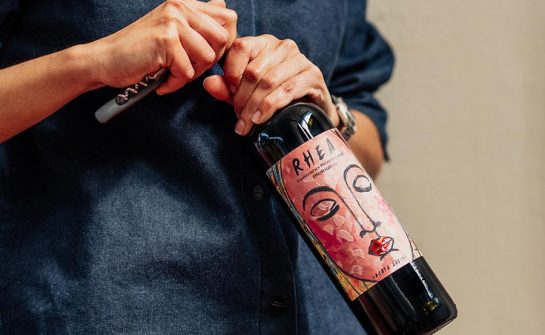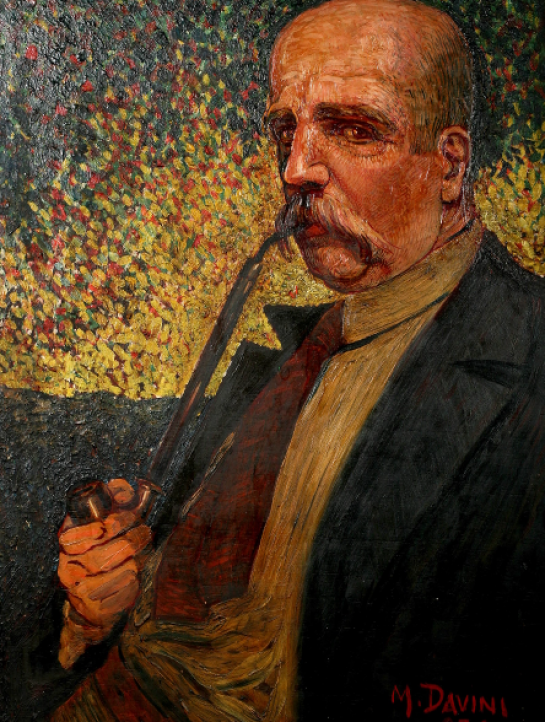Wine tradition in the hills of Montecarlo
We continue our tradition of creative wisdom, quality wine, and love for our land, with plenty of dedication and love.
Our journey in the world of wine began in 2008 with the two Davini brothers, Mario and Luigi, who were already operating in the wine industry. The roots of our family are much older though, as by the 14th century the Davinis were already considered among the most illustrious families of Lucca.
Over the centuries, a few Davini descendants were admitted to the Order of the Knights of Malta, while others distinguished themselves in the military, arts, priesthood, and sciences. The ancient coat of arms of the Davini House – registered in Lucca – depicts a golden chalice on a silver background: a kind of symbolic starting point linked to the present day.
We started with a wine range that celebrated our ancestor, Mario Davini, a multifaceted artist from Lucca who lived in the first half of the 20th century. In-depth studies and research on his paintings and woodcuts acted as inspiration for the Casata Davini wine labels.
Today, the second Davini generation furthers the family business with renewed passion and love. We have combined the historical labels inspired by the artistic creativity of our illustrious ancestor, with a careful selection of Tuscan and Italian wines that fully express the characteristics of their terroir.
And the story continues.



Mario Davini was born in Lucca on January 24, 1876. He began exhibiting his paintings early in his life, both in Italy (Florence, Milan, Genoa) and abroad (Munich and Petersburg). Between 1908 and 1909, he spent 16 months in New York, where he produced several works and acquired fame. In 1921, Mario, by now a fully-fledged artist, opened his solo exhibition in Lucca – in the studio in Via S. Andrea – where he exhibited a collection of sacred paintings, self-portraits and landscapes.
In addition to painting, he continued to be an art critic and publicist, moreover, he also became a woodcutter, and a very talented one, in fact, Plinio Nomellini went as far as calling him “ the outstanding woodcutter”. In 1940, the exhibition held at Albergo Universo was the coronation of his relentless research. He subsequently retired to Villa Gattaiola, focusing on painting and literature until his death on October 23, 1951.